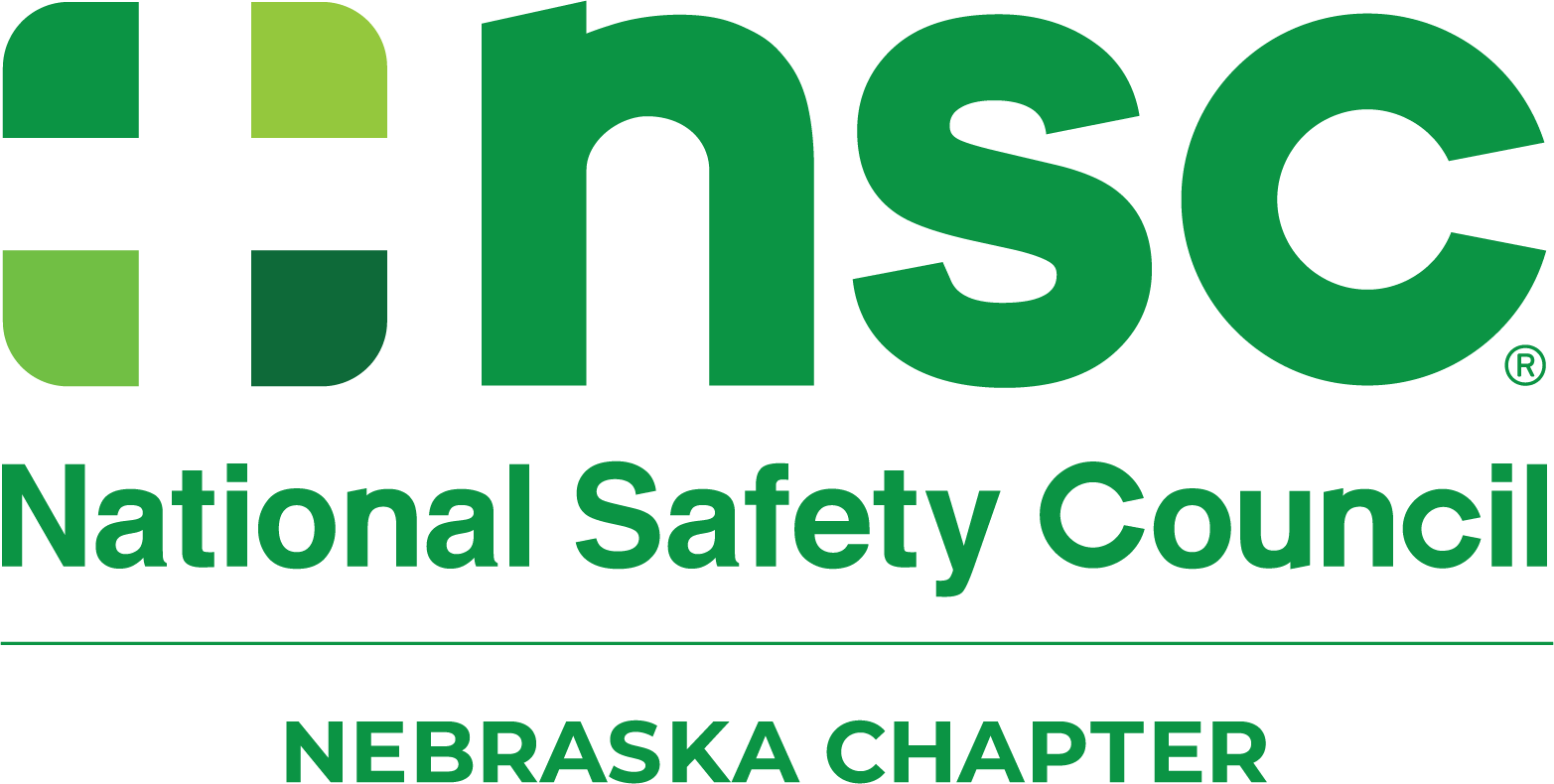Be Prepared for Winter Driving
Prepare Your Car for Winter
In addition to annual maintenance, here are some tips to winterize your car:
- Test your battery; battery power drops as the temperature drops
- Make sure the cooling system is in good working order
- Have winter tires with a deeper, more flexible tread put on your car
- If using all-season tires, check the tread on your tires and replace if less than 2/32 of an inch
- Check the tire pressure; tire pressure drops as the temperature drops
- Check your wiper blades and replace if needed
- Add wiper fluid rated for -30 degrees
- Keep your gas tank at least half full to avoid gas line freeze
Remember to keep your car’s emergency preparedness kit fully stocked, too.
Before You Start Out
- Clean your car’s external camera lenses and side view mirrors so you’ll be able to see what’s around you
- Remove dirt, ice and snow from sensors to allow the assistive-driving features like automatic emergency braking to work
- In frigid weather, you may want to warm up the car before you drive it
- To prevent carbon monoxide poisoning, never leave a vehicle running in your garage – even with the garage door up
- If the forecast looks iffy, wait out the storm if possible; if you must travel, share your travel plans and route with someone before you leave
How to Avoid a Crash
AAA offers the following driving tips:
- Avoid using cruise control in wintry conditions
- Steer in the direction of a skid, so when your wheels regain traction, you don’t have to overcorrect to stay in your lane
- Accelerate and decelerate slowly
- Increase following distance to 8 to 10 seconds
- If possible, don't stop when going uphill
If visibility is severely limited due to a whiteout, pull off the road to a safe place and do not drive until conditions improve. Avoid pulling off onto the shoulder unless it is an absolute emergency. Limited visibility means other vehicles can’t see yours on the shoulder.
